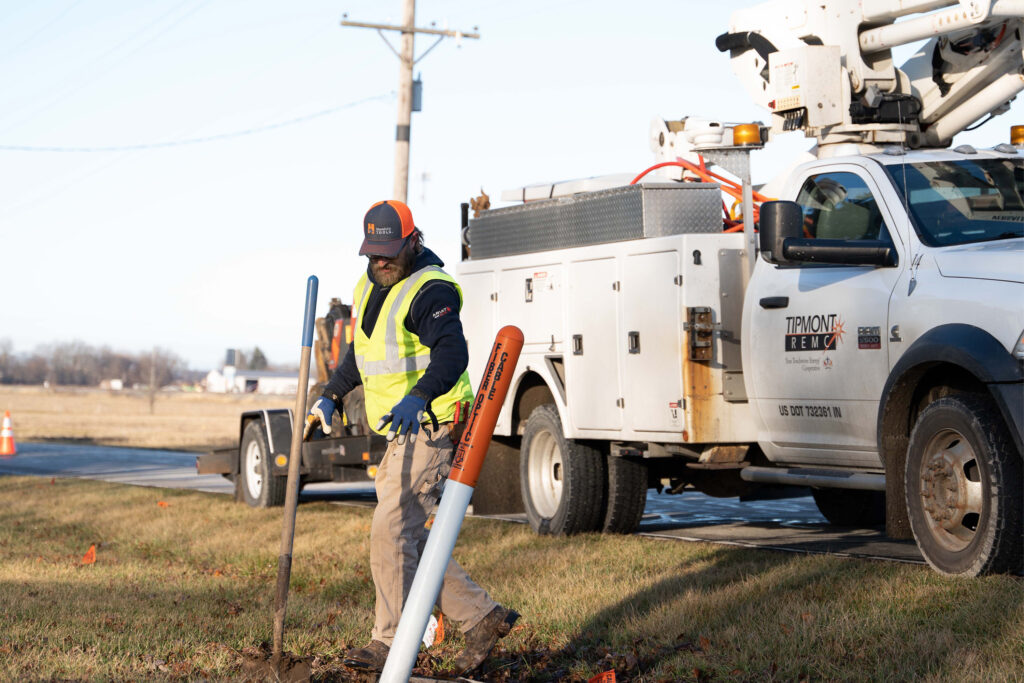While the momentum of America’s energy transformation continues at a steady pace, this evolution toward a more flexible energy future is not without its challenges.
Below are some of the most common faced by Tipmont and its peers in the energy industry.
Renewable GENERATION
Weather and nature
Rooted as they are in nature, renewable energy sources are subject to intermittent or variable production. This typically depends on weather conditions and / or the time of day.
For example: Solar panels are limited in their ability to generate energy during rainy days and do not generate at night, and turbines do not create energy on days with low wind speeds. Thus, renewable generation conditions don’t always align with demand.
Energy storage technologies, such as batteries, can mitigate this issue by storing excess energy when it is available and releasing it as necessary.
CONSUMING MORE ENERGY
Increased demand and wholesale costs
At Tipmont, kilowatt-hours of energy usage are growing by 1% each year, while peak kilowatt usage — which represents electricity use at the busiest times of each day — is rising by more than 3% each year. These increases are driving the infrastructure upgrades and expansions that Tipmont will consider on its system in the coming years.
The increased electrification of transportation (e.g., electric vehicles) and heating (e.g., heat pumps) is also increasing electricity demand and altering consumption patterns.
Electric vehicles and heat pumps offer considerable environmental benefits, but their continual adoption will require infrastructure upgrades and careful planning to meet demand while maintaining grid stability.
Cost-effective and efficient storage technologies also will be crucial to offset the effect of weather and nature on renewable energy production.

UPDATING THE GRID
Infrastructure integration
Integrating renewable energy into existing grid infrastructure will require the industry to rethink longstanding technologies.
Upgrades and modifications are often necessary to accommodate variable generation, manage bi-directional power flows and ensure grid stability.

RESPONSIBLE GOVERNANCE
Policies, regulations and subsidies
Government policies, regulations and subsidies play a crucial role in shaping the future of American power delivery.
When inconsistent or outdated, these can hinder renewable energy production and disincentivize investment both for utility providers and individual consumers.
